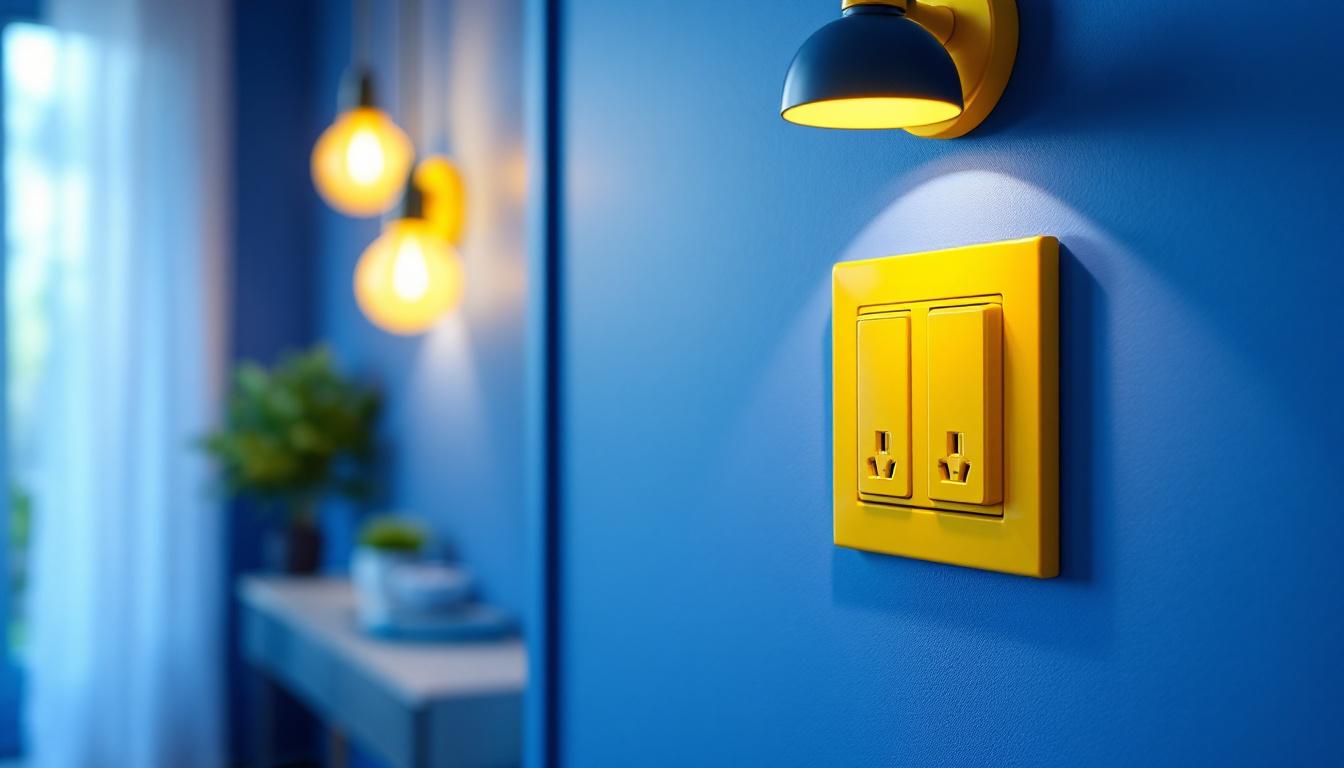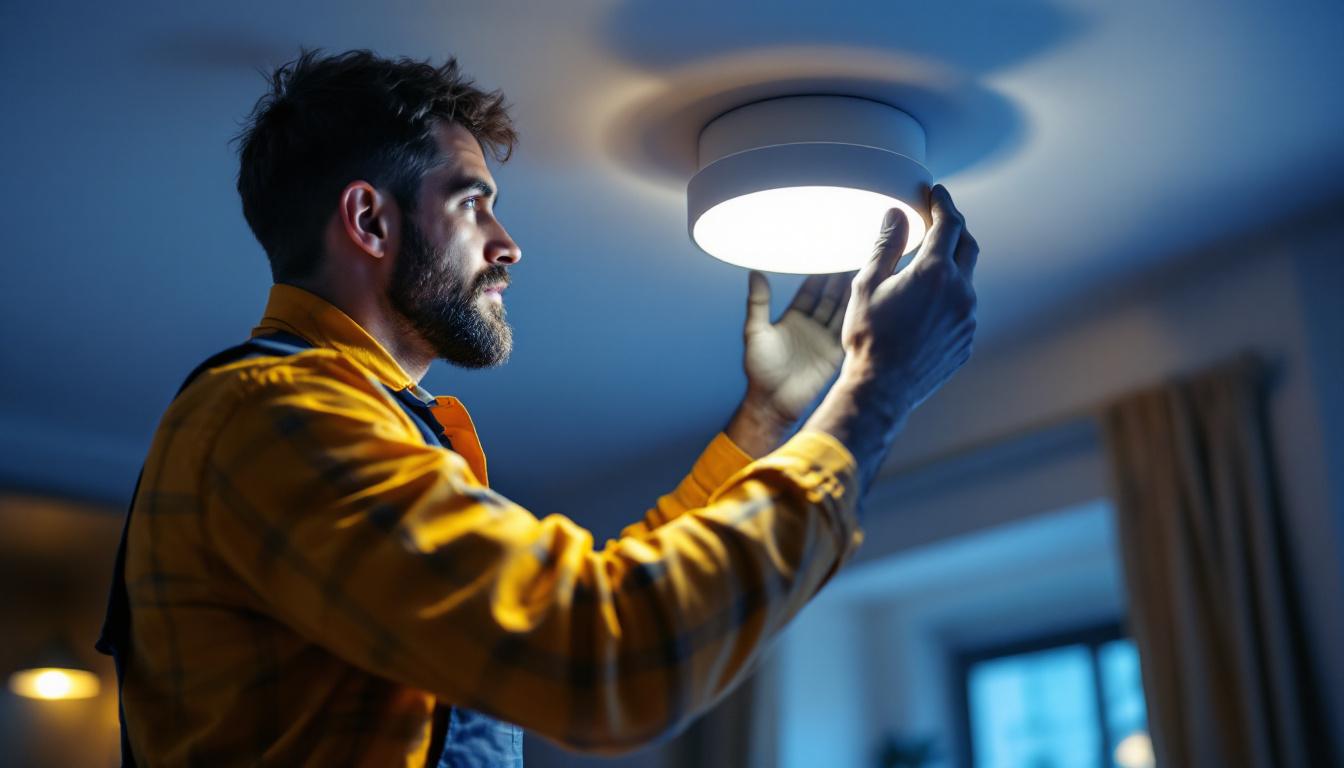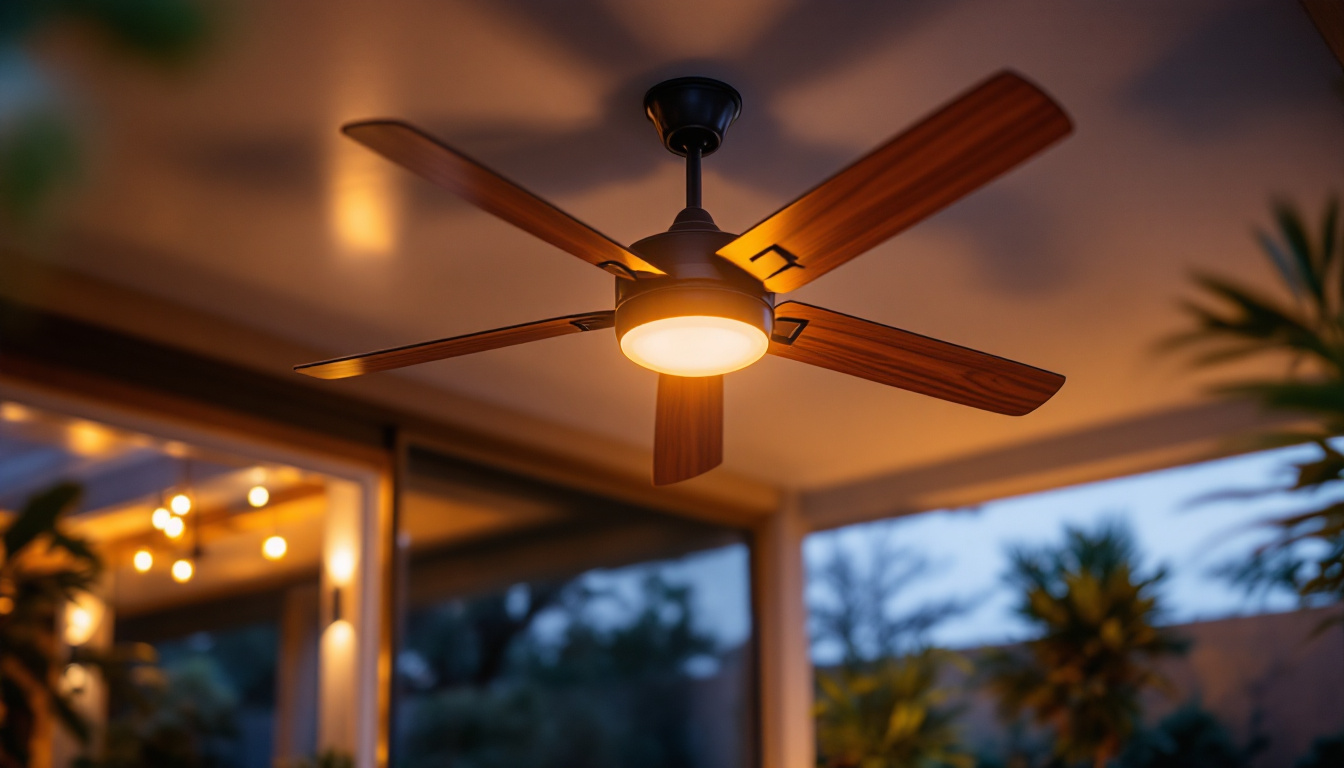
When it comes to lighting projects, the focus often lies on fixtures, bulbs, and design aesthetics. However, one critical element frequently overlooked is the interior outlet. These unsung heroes play a pivotal role in the functionality and versatility of lighting installations. Understanding their importance can significantly enhance the quality and efficiency of lighting projects.
Interior outlets are essential components of any lighting design, serving as the connection point between the electrical supply and the lighting fixtures. Their strategic placement can greatly influence the overall effectiveness of a lighting scheme.
In many cases, the absence of adequate outlets can lead to reliance on extension cords, which not only detracts from the aesthetic appeal but can also pose safety hazards. Therefore, integrating interior outlets into the design phase is crucial for creating a seamless and functional lighting environment.
One of the primary benefits of incorporating interior outlets into lighting projects is the increased flexibility they offer. By providing multiple power sources throughout a space, contractors can easily adapt the lighting layout to meet the changing needs of the occupants.
This adaptability is particularly important in multi-functional spaces, such as open-concept living areas or commercial environments. With strategically placed outlets, lighting can be easily reconfigured, allowing for different moods and activities without the need for extensive rewiring. For example, in a home office that doubles as a guest room, having outlets positioned near the desk and the bed allows for adjustable task lighting and ambient lighting, catering to both work and relaxation needs.
Another often-overlooked aspect of interior outlets is their potential to enhance the overall aesthetic of a space. When outlets are thoughtfully integrated into the design, they can blend seamlessly with the architecture, avoiding the clutter of visible cords and plugs.
For instance, installing outlets within baseboards or behind furniture can create a clean and polished look. This attention to detail not only elevates the visual appeal but also demonstrates a commitment to quality craftsmanship, which can impress clients and set a contractor apart in a competitive market. Additionally, the use of decorative outlet covers can further enhance the design, allowing homeowners to choose finishes that complement their interior decor. From sleek metallic designs to textured finishes that mimic natural materials, these small details can make a significant impact on the overall ambiance of a room.
Moreover, the integration of smart outlets can elevate the lighting design to a new level of sophistication. These technologically advanced outlets allow for remote control of lighting systems through smartphones or voice-activated devices, offering convenience and energy efficiency. By incorporating smart technology, designers can create a modern and intuitive living environment that not only meets the practical needs of the occupants but also aligns with contemporary trends in home automation.
Proper planning is essential when it comes to the installation of interior outlets. A well-thought-out approach can prevent future headaches and ensure that the lighting design is both functional and aesthetically pleasing.
Before beginning a project, contractors should assess the specific needs of the space. This includes considering the types of lighting fixtures that will be used, the layout of the room, and the activities that will take place there. By taking these factors into account, contractors can determine the optimal placement and number of outlets required.
Understanding the power requirements of various lighting fixtures is crucial when planning for interior outlets. Different types of lights, such as LED, incandescent, or fluorescent, have varying power demands that must be accommodated.
Contractors should also consider the potential for future upgrades. As technology evolves, clients may wish to incorporate smart lighting systems or additional fixtures. Planning for extra outlets can save time and resources down the line, ensuring that the space remains adaptable to changing needs. Furthermore, it’s wise to evaluate the overall electrical load of the room to avoid overloading circuits, which can lead to safety hazards and costly repairs.
The placement of interior outlets should be both practical and strategic. Outlets should be installed in locations that provide easy access to power without interfering with the overall design of the space.
Common areas for outlet placement include walls near light switches, under cabinets, and within furniture arrangements. Additionally, considering the height of the outlets is important; they should be positioned at a level that is convenient for users while maintaining a clean look. Another aspect to consider is the potential for multi-use spaces. For example, in a home office that doubles as a guest room, outlets should be placed to accommodate both a desk lamp and bedside lighting, ensuring versatility without compromising aesthetics.
As technology continues to advance, the integration of smart home systems has become increasingly popular. Interior outlets can be designed to accommodate these technologies, allowing for greater control over lighting and energy efficiency.
Contractors should stay informed about the latest smart outlet options, which may include features such as remote access, dimming capabilities, and energy monitoring. By incorporating these advanced outlets into projects, contractors can offer clients enhanced functionality and convenience. Additionally, it’s beneficial to consider the user experience; for instance, outlets that can be controlled via smartphone apps or voice commands can significantly enhance the ease of use, making it more appealing to tech-savvy homeowners. This foresight not only elevates the project but also positions the contractor as a forward-thinking professional in a competitive market.
While the benefits of interior outlets are clear, there are also challenges that contractors may face during installation. Being aware of these potential issues and having solutions at the ready can streamline the process and lead to successful project outcomes.
In many cases, contractors may be working with existing structures that have limitations regarding electrical access. This can complicate the installation of new outlets, especially in older buildings where wiring may not meet current codes.
To address these challenges, contractors should conduct thorough inspections of the existing electrical systems before beginning work. This will help identify any necessary upgrades or modifications that need to be made to accommodate new outlets. Collaborating with licensed electricians can also ensure that all installations comply with safety regulations.
Finding the right balance between aesthetics and functionality can be a challenge when it comes to interior outlets. While it is important to ensure that outlets are easily accessible, they should also blend seamlessly into the overall design of the space.
One effective solution is to use decorative outlet covers or to paint outlets to match the surrounding walls. This can help them become less obtrusive while still serving their purpose. Additionally, discussing design preferences with clients can lead to creative solutions that satisfy both functional and aesthetic needs.
Safety is paramount in any electrical installation. Contractors must ensure that all interior outlets are installed according to local codes and regulations, minimizing the risk of electrical hazards.
Regularly reviewing safety standards and staying updated on any changes in regulations can help contractors maintain compliance. Furthermore, educating clients about the importance of using outlets safely, such as avoiding overloading circuits, can promote a safer environment in the long run.
As the demand for innovative lighting solutions continues to grow, the role of interior outlets will likely evolve. Emerging technologies and design trends are shaping how these components are integrated into lighting projects.
For instance, the rise of wireless lighting systems may change the way outlets are utilized. While traditional outlets will still play a crucial role, the incorporation of wireless technology could lead to a shift in how power is accessed and distributed in a space.
In an era where sustainability is a key consideration, the design and installation of interior outlets can also reflect eco-friendly practices. Using energy-efficient outlets and smart technology can help reduce energy consumption and promote a greener approach to lighting.
Contractors can educate clients on the benefits of energy-efficient lighting options and the role that outlets play in facilitating these solutions. By prioritizing sustainability, contractors can not only meet client expectations but also contribute to a more environmentally responsible industry.
As clients become more informed about lighting technology and design, their expectations will continue to evolve. Contractors must be prepared to anticipate these needs and offer solutions that align with current trends.
Engaging in open communication with clients throughout the design process can help identify their preferences and requirements. By being proactive in addressing these needs, contractors can build strong relationships and foster repeat business.
Interior outlets may often be the missing piece in many lighting projects, but their significance cannot be overstated. By recognizing their role in enhancing flexibility, functionality, and aesthetic appeal, contractors can create more effective and visually pleasing lighting designs.
Through careful planning, strategic placement, and a commitment to safety and compliance, contractors can ensure that interior outlets are seamlessly integrated into their projects. As technology and design trends continue to evolve, staying informed and adaptable will be key to meeting client expectations and delivering exceptional results.
Ultimately, by prioritizing the inclusion of interior outlets in lighting projects, contractors can elevate their work and provide clients with spaces that are not only beautiful but also functional and versatile.
Ready to enhance your lighting projects with the right interior outlets and top-quality lighting solutions? Look no further than LumenWholesale. Our spec-grade products ensure you have access to the best in functionality, design, and innovation, all at unbeatable wholesale prices. Say goodbye to middleman markups and hello to a vast selection of reliable lighting that meets the highest industry standards. Plus, with free shipping on bulk orders, you can stock up on premium lighting without any hidden fees. Elevate your lighting projects to new heights and give your clients the perfect blend of beauty, functionality, and versatility. Discover the value and convenience of shopping with LumenWholesale by visiting our extensive selection at Wholesale Lighting at the Best Value.

Discover how LED round lights are revolutionizing the work of lighting contractors by offering energy efficiency, easy installation, and versatile design options.

Discover how LED lights revolutionized the lighting industry and explore the key players behind their invention.

Discover the crucial role of warehouse lighting design in enhancing safety, efficiency, and productivity.

Discover essential tips and common pitfalls for lighting contractors when installing large outdoor ceiling fans.